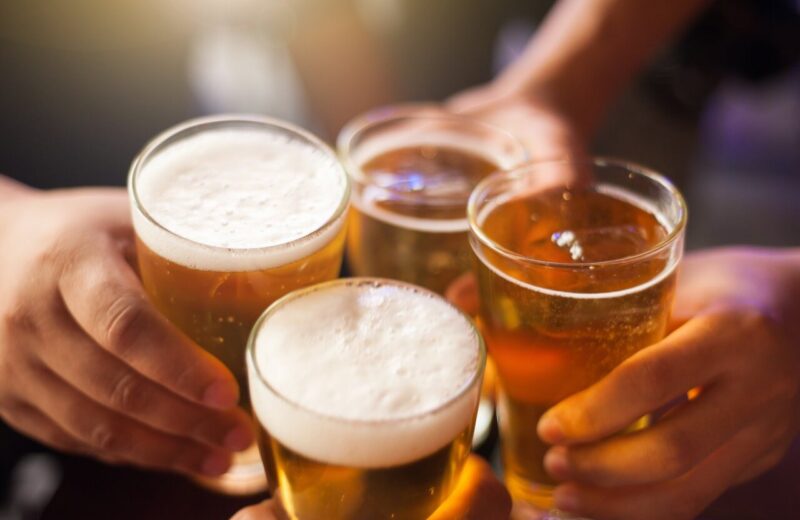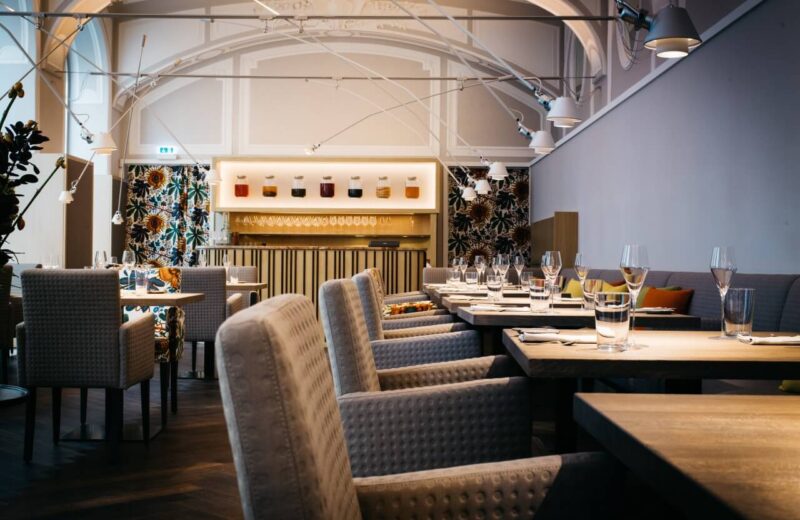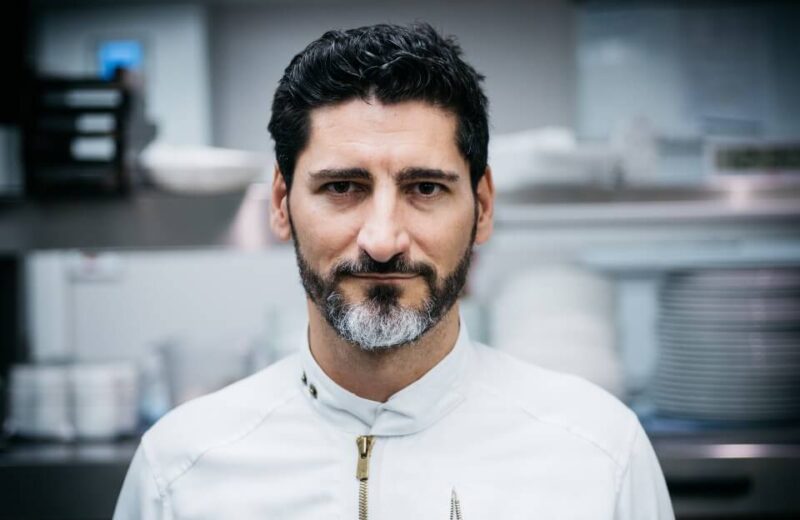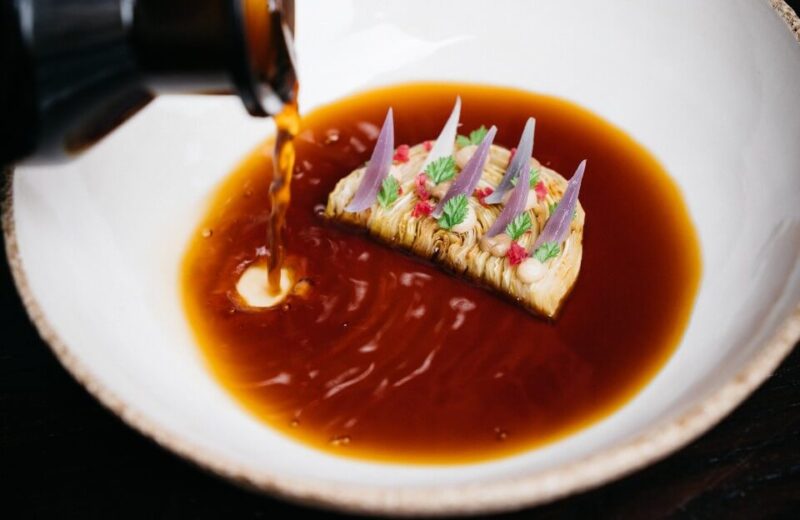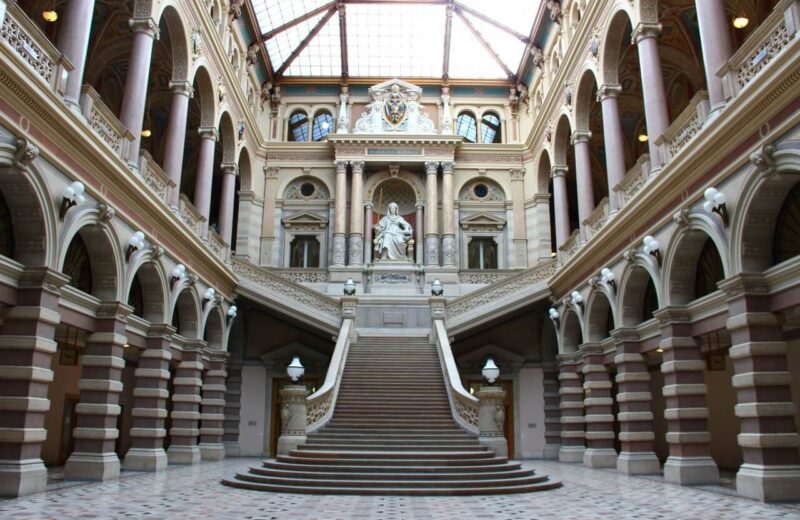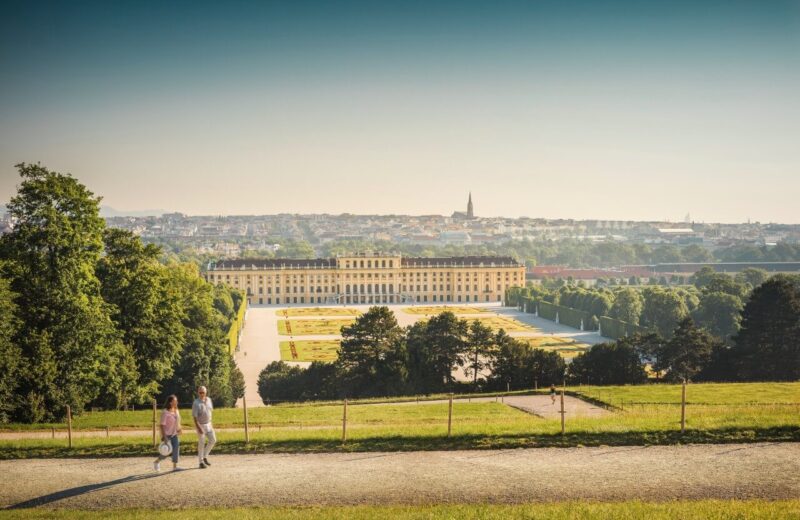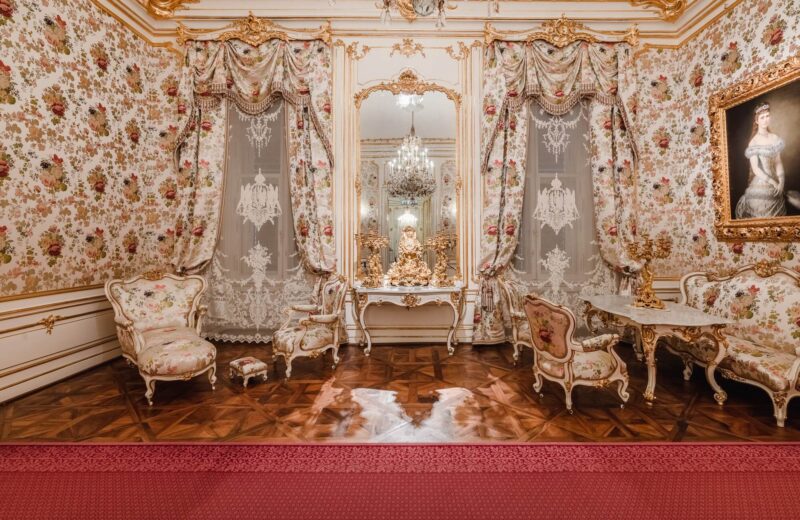City Guide
Vienna guide: Selected by our knowledgeable local staff for fans of city and countryside
Even though our elaya hotel vienna city center has a top location in the 1st District, that doesn’t mean we restrict ourselves to it in searching out the best insider tips Vienna has to offer. We have found some treasures, including something royal, something sporty, something delicious and something with a lot of local colour. You can get more details here or from our teams of ‘insiders’ in our Vienna guide.
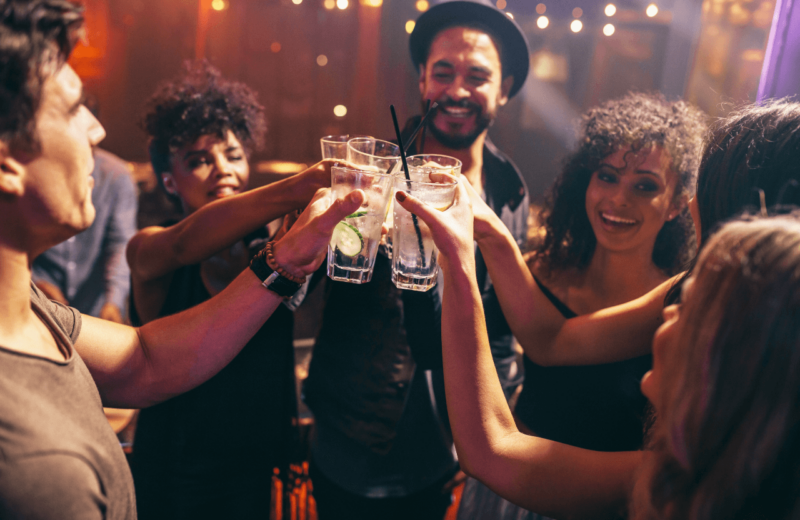
Pratersauna: dive into the nightlife – literally
€€
The Pratersauna is not only a premium address in Vienna’s second district when it comes to long nights of partying. In 2009, the former Strizzi-Sauna at the Wiener Prater was transformed into a club – but evidence of its hot former incarnation can still be seen.
Here, the party isn’t just on the dance floor with house, electro and techno sounds – the term ‘dive into the nightlife’ is taken quite literally here: the Sauna Strand Klub has a pool, a sandy area with sunbeds, and catering – you can enjoy cool drinks and delicious snacks here until 10 p.m. After that, the party heads into the club, which consists of the Main Floor and the Bunker, each with its own programme and acts. Come as you are, but no flip-flops, please – they don’t meet the standards of the otherwise very relaxed dress code.
Read more
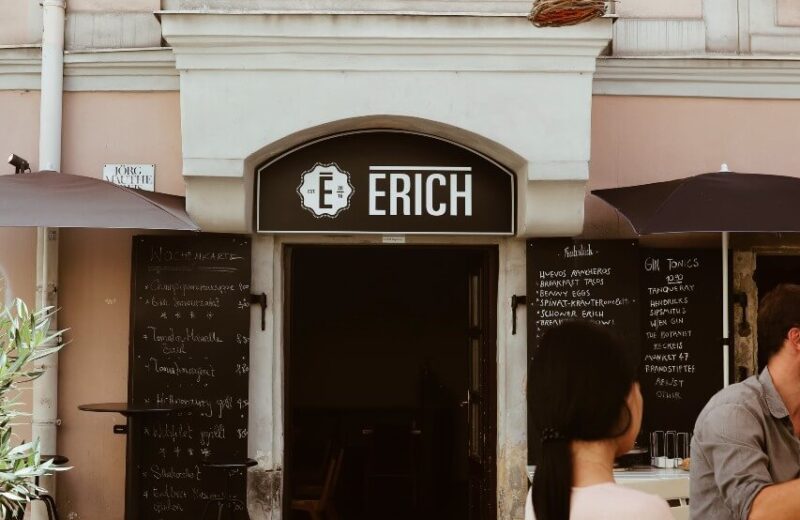
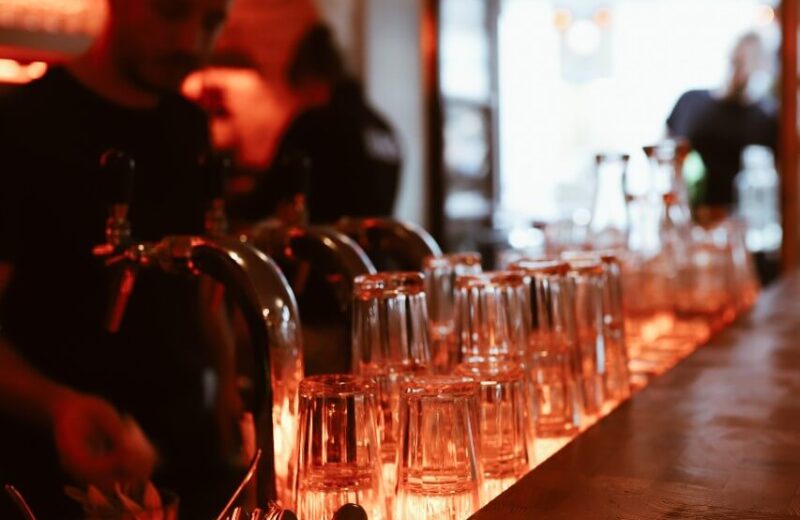
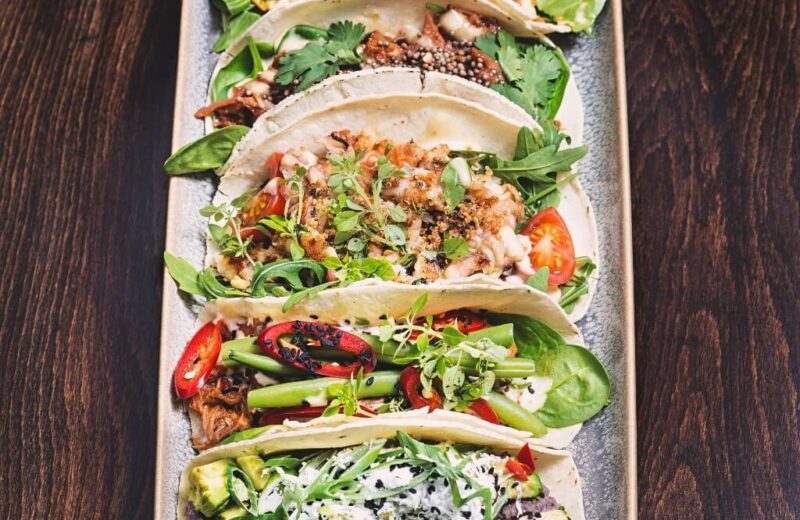
Erich: stylish living room extension
€€
Art and culture, hip restaurants and cool design shops, entertaining anecdotes from Viennese history: Neubau, Vienna’s seventh district, is known for its diversity. It is in this neighbourhood that you will find Erich, at the lower end of Sankt-Ulrichs-Platz.
Locals consider it an extension to their living room; for visitors, it’s a special cafe/bar experience. Inside, there is a bar with graffiti wall and a stylish golden room. In the large outdoor guest garden, you feel like you’re in an Italian piazza. The taste is the same wherever you choose to enjoy your home-made chai, Aperol spritz, or gin and tonic. After all, the drinks are always outstanding. And the same is true of the fresh bowls, grilled-cheese sandwiches and tacos.
Read more
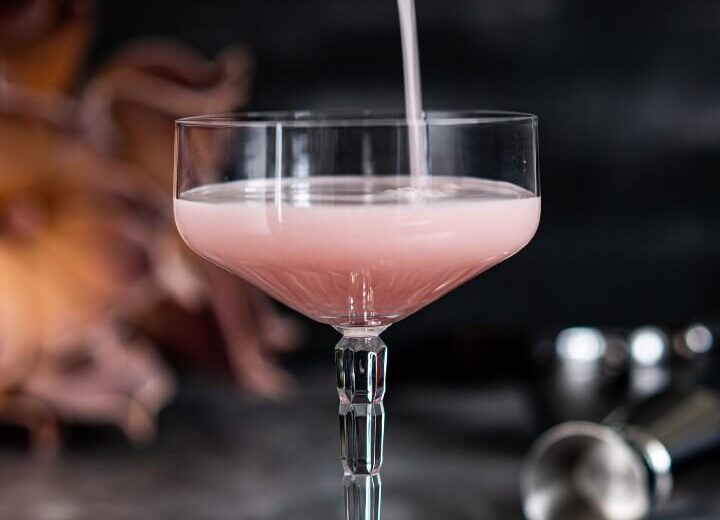
Roberto American Bar: a pleasure for all the senses
The bartenders at the Roberto American Bar serve champagne and fantastic cocktails at three locations.
Behind the successful bar concept are Roberto Pavlović-Hariwijadi – after whom it is named – and his design-savvy wife Alexandra, who was responsible for the planning and implementation of the locations. When it comes to the interior, the refined atmosphere and attention to detail in the materials are the same in all of the establishments. In spite of criticism, the entrepreneurial couple remained true to their vision and created a completely black bar with booths that has been inviting guests to stay a while with its black velvet benches since its opening in January 2014. The Roberto American Bar – Marco-d’Aviano ensures an equally sensuous experience in red with bronze elements. The same is true of Roberto’s drinks; after all, he is one of the best bartenders in Vienna.
Read more
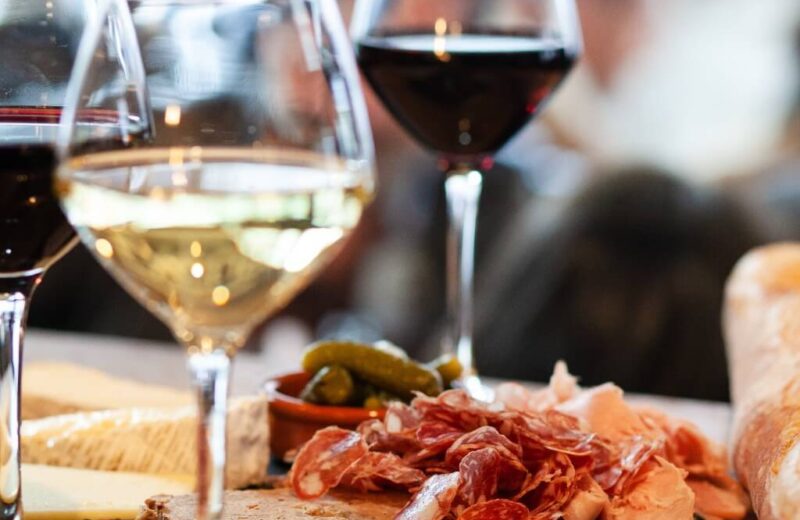
Wieninger am Nussberg: great wine, great views
€€
Savouring the day on the terrace above Vienna. Sounds great, doesn’t it? As soon as summer arrives, the tables and chairs are set out on the lawn at Wieninger am Nussberg – the wine tavern with the most beautiful view over Vienna – and wines from vineyards Wieninger and Hajszan Neumann are served.
There are also cold regional delicacies, including sausages and cheeses. And all this against a picturesque backdrop: surrounded by Ried Weisleiten vines, you will feel like the protagonist in a storybook here. The city and Danube are bathed in a warm light, and the mood is relaxed and friendly. Despite the relatively young age of the Wieninger wine tavern, it is based on centuries of wine tavern culture under Emperor Joseph II.
Read more
Wiener Prater: an amusement park with history
With more than 250 attractions for young and old, the Wiener Prater is the perfect place for a day trip if you are staying in Vienna. The amusement park is not short of either action or nostalgic Viennese charm.
The famous big wheel has been turning since 1897, with rides like roller coasters and haunted houses being added over the years. The Wiener Prater was known as a leisure area as early as 1766, and this enticed ever more inns and performers. The Prater’s rotunda was constructed for the 1873 Vienna World’s Fair, the first in the German-speaking world. At the time, it was the largest dome in the world, with a diameter of 108 metres – however, it burnt down in 1937. Nevertheless, the tradition of shooting galleries, food and shops has remained.
Read more
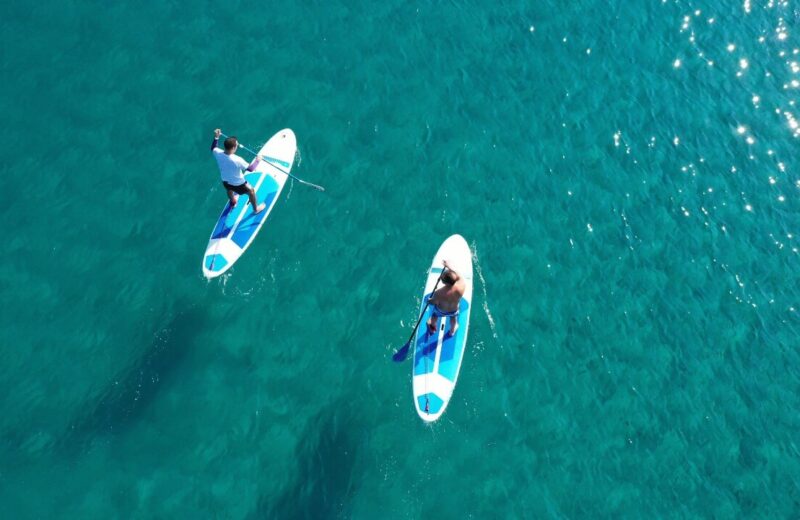
Donauinsel: an urban island for the whole family
With a total of 42 kilometres of beaches and nature reserves – 21 kilometres on each side – Donauinsel is a much-loved recreational area for people and animals. You can swim in the water and relax in bathing coves with flat beaches or wild coves.
There is even a special 250-metre-long family bathing beach, where the depth of the water doesn’t exceed a metre, as well as a 5,000-square-metre water park, a climbing park and Danube Jumping – the world’s largest trampoline complex – with forty zones and the Vienna skyline as a backdrop. The area also boasts a water slide, a surfing school, a waterski lift and boat hire. Those who would rather stay on land can go cycling, skating, walking or jogging in this beautiful setting.
Read more
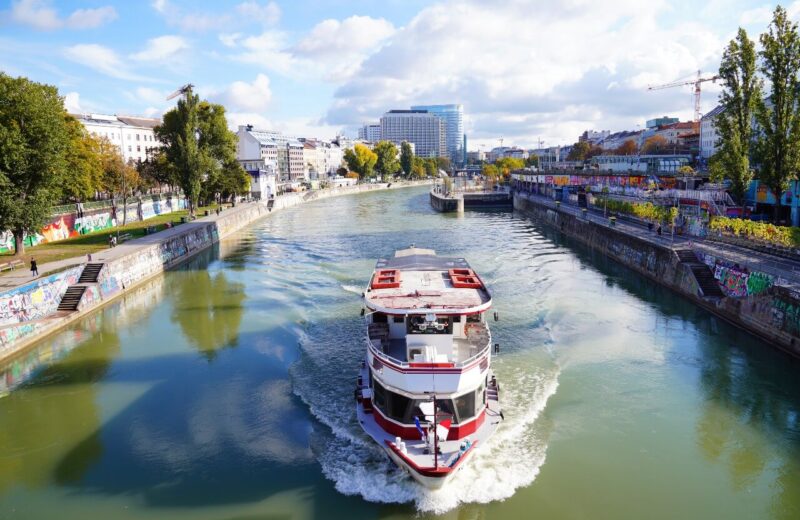
Donaukanal
The Donaukanal should really be called the ‘Kleine Donau’ (Little Danube) – but this has caught on just as badly as the terms ‘Wiener Wasser’ or ‘Wiener Arm’. In any case, we’re referring to the branch of the Danube adjacent to the city centre.
There are plenty of leisure activities on offer here. You can find an abundance of beach bars and trendy establishments along the waterfront that are popular with locals and visitors alike. There is also plenty to see on the concrete walls, which serve as a canvas for the largest graffiti zone in the city. The Urania, a building developed by architect Max Fabiani with an observatory, cinema, eatery, education centre and puppet theatre, and the cool outdoor pool with cocktail bar on the upper deck of the Badeschiff are especially eye-catching.
Read more
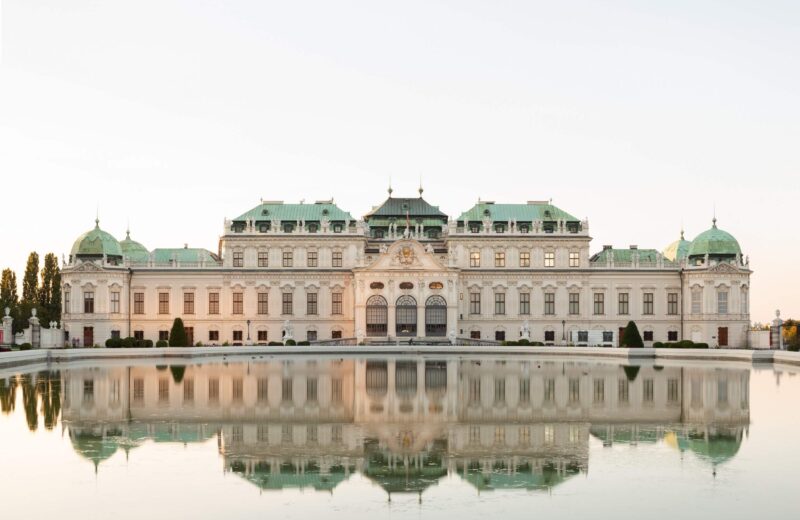
Belvedere: a landmark and meeting place
The Upper Belvedere, Lower Belvedere and Belvedere 21: these are the three locations that people are referring to when they talk about the Belvedere and 800 years of art history. The Upper Belvedere is a baroque palace with masterpieces by Schiele, Funke, van Gogh and Klimt.
The Lower Belvedere – the former residential palace of Prince Eugene, with its orangery and magnificent stables – is known for its temporary exhibitions from all periods and for its treasures from the Middle Ages. Belvedere 21, an architectural icon of post-war modernism, is home to contemporary art. ‘Art for all’ is the Belvedere’s motto. As one of the largest cultural institutions in the country, the Belvedere is a world heritage site, a baroque gem, the location of the Austrian State Treaty, and a place for locals and visitors to meet at one and the same time.
Read more
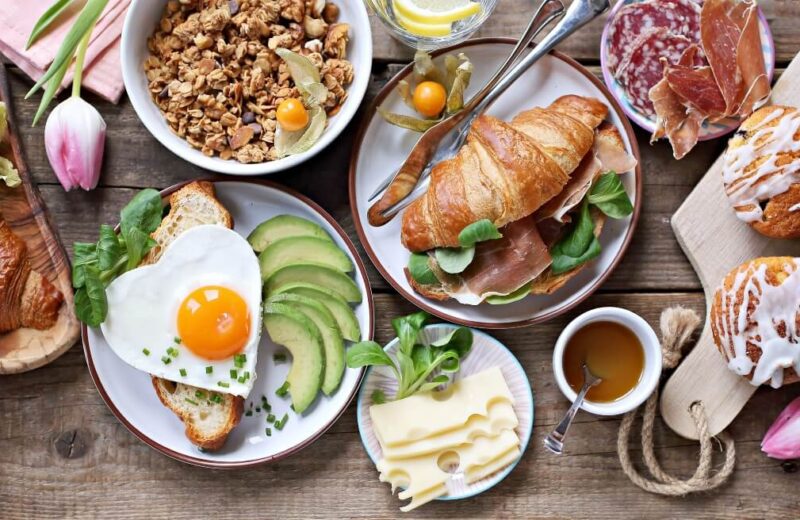
La Mercerie: beautiful facade, exquisite interior
€€
The cafe and bistro La Mercerie is truly enchanting. The French eatery in Vienna’s cultural quarter, the Servitenviertel, has been tastefully furnished. The baked items are produced here with a great deal of love for French cuisine.
When it comes to tantalising the senses, the sumptuous smell of fresh baguettes, croissants and quiches more than lives up to the promising visual aesthetic. Whether you find a spot around the outside or settle in the beautiful interior, reminiscent of an old grocer’s shop, the motto ‘living and eating in the lap of luxury’ sums up a visit to this special setting almost perfectly. If you develop a taste for it – and we assume you will – you can also get the baked treats and patisserie to take away.
Read more
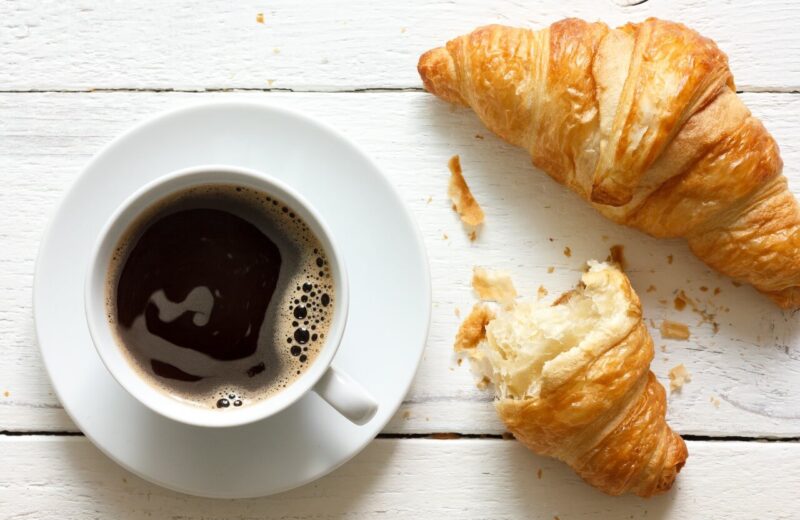
Demel: sweet tradition
€€€
In the first district, it’s all about following your nose … straight to Demel, one of the best-known Viennese patisseries. This fine confectioners has been producing tortes, filled chocolates and sweet treats since 1786.
The story of the K. u. K. Hofzuckerbäckerei Demel began precisely where it continues today: at Kohlmarkt 14, in the heart of the city. The artistic display, for which the eccentric, visionary husband of Klara Demel was responsible at the time, tempted passers-by into the cafe at the end of the eighteenth century to enjoy a piece of Sachertorte, Kaiserschmarrn shredded pancakes and many other delicacies. Stepping into the traditional coffee house’s striking interior is a pure pleasure, as well as being a cultural and historical experience.
Read more
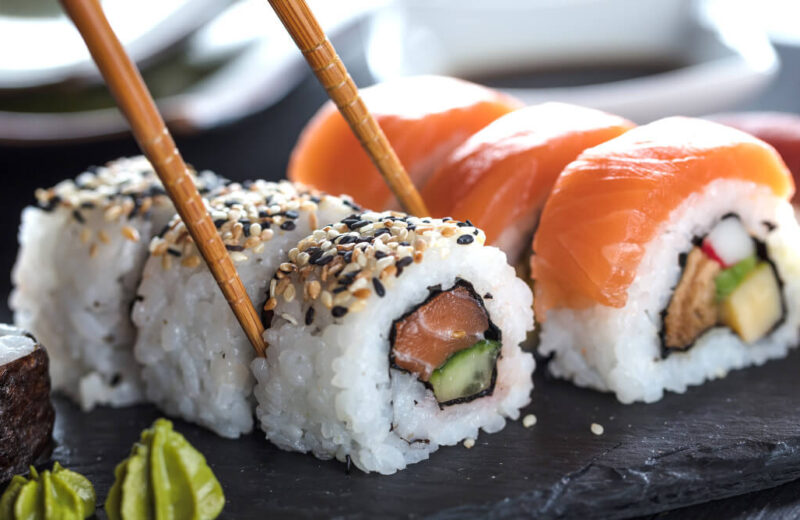
o.m.k: the Japanese equivalent of a traditional grocery store
€€
o.m.k. is an abbreviation of the Japanese word Omochikaeri – meaning ‘take home’ – so, food and drinks to take away. In addition to the small, stylish grocery shop’s headquarters on Praterstrasse (o.m.k. 1020), another shop has been added on Hoher Markt, o.m.k. 1010.
In both locations belonging to this gourmet Asian shop, you are able not only to purchase delicious specialities like sushi, noodle soup and donburi; you can also enjoy them there at large high tables or at the tables and chairs provided outside. At the o.m.k deli, the fusion of Viennese and Japanese coffee (house) culture is also celebrated. With coffee and matcha – or even sake or wine – you will have no trouble whiling away the hours in this Asian deli shop. The interior is also decorated in typical Japanese style: minimalist, clean and with an open kitchen.
Read more

o.m.k: the Japanese equivalent of a traditional grocery store
€€
o.m.k. is an abbreviation of the Japanese word Omochikaeri – meaning ‘take home’ – so, food and drinks to take away. In addition to the small, stylish grocery shop’s headquarters on Praterstrasse (o.m.k. 1020), another shop has been added on Hoher Markt, o.m.k. 1010.
In both locations belonging to this gourmet Asian shop, you are able not only to purchase delicious specialities like sushi, noodle soup and donburi; you can also enjoy them there at large high tables or at the tables and chairs provided outside. At the o.m.k deli, the fusion of Viennese and Japanese coffee (house) culture is also celebrated. With coffee and matcha – or even sake or wine – you will have no trouble whiling away the hours in this Asian deli shop. The interior is also decorated in typical Japanese style: minimalist, clean and with an open kitchen.
Read more
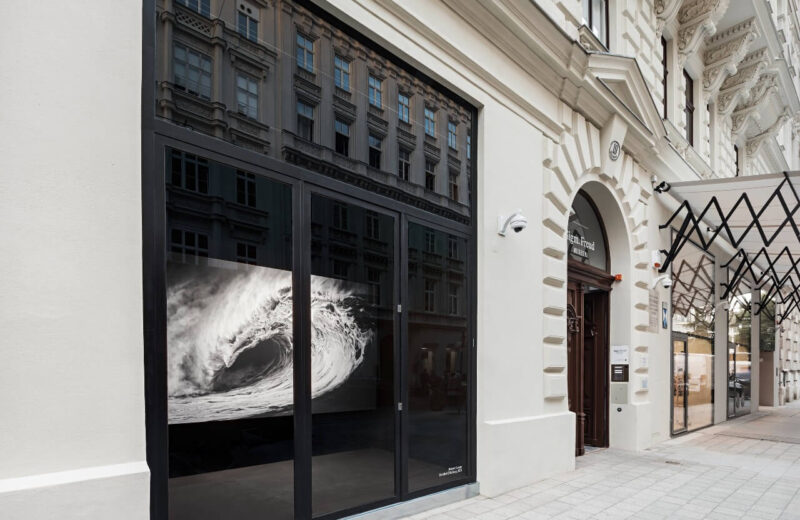
Sigmund Freud Museum: a significant address
The elegant building at Berggasse 19 in Vienna’s ninth district was the home of Sigmund Freud between 1891 and 1938. He lived and worked here before having to flee the National Socialists in 1938.
This is the birthplace of psychoanalysis; it is here that the doctor, who was born in Czechia and died in London, revolutionised the human self-image. The museum was founded back in 1971, and was renovated and extended in 2020. The former private family rooms house a permanent exhibition with information on the development of psychoanalysis, the Freuds’ family life and the history of the building, as well as a conceptual-art collection and special exhibitions. The psychoanalysis library with around 40,000 media can be found on the floor above the museum.
Read more
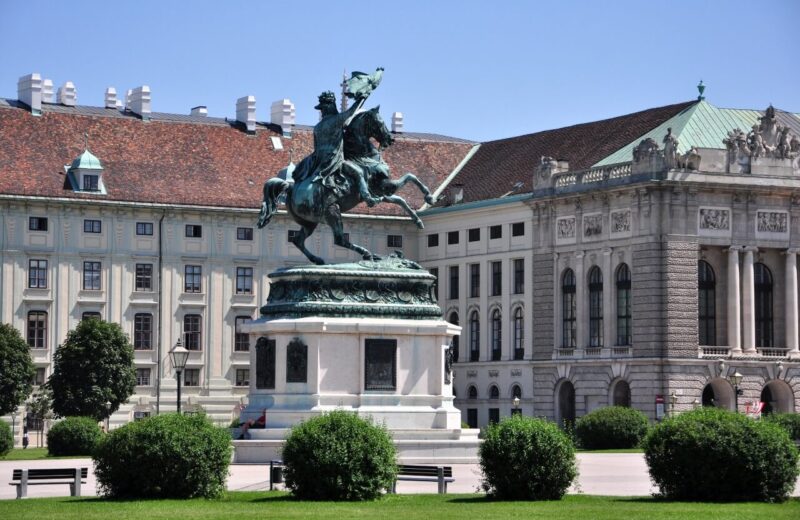
MuseumsQuartier Wien: from royal stables to a cultural institution
Sixty cultural institutions are crammed into 90,000 square metres: the MuseumsQuartier Wien is, however, much more than one of the world’s largest art and cultural areas; it is also a meeting point, a haven of calm and a place to spend some time – in the inner courtyards, cafes and shops, for example.
Constructed at the beginning of the eighteenth century as an imperial stables, the baroque foundations, which were supplemented with contemporary architecture, house high and subcultures – from fine art, music, fashion, theatre, dance, literature, children’s culture, game culture and street art to design and photography. Accessible around the clock, artists and cultural protagonists, creative start-ups, and visitors curious about creative tendencies, trends, visions and ideas meet here in the middle of the town.
Read more
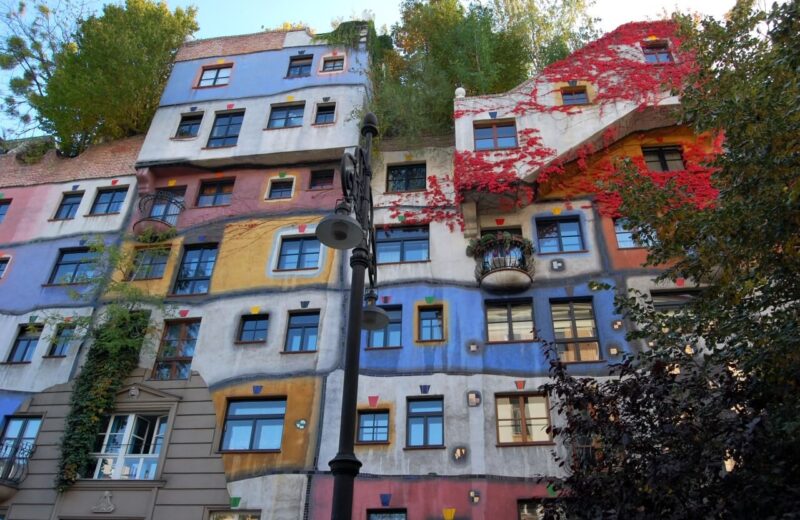
Hundertwasserhaus: urban gardening at its best
A list of the most impressive architectural constructions in Vienna would be incomplete without the Hundertwasserhaus in the third district. Born in Vienna in 1928, artist Friedensreich Hundertwasser had this extraordinary building constructed between 1983 and 1985.
With its colourfully decorated facade, it is a real eye-catcher. The choice of colour around the windows is not necessarily based on Hundertwasser’s own vision, however. After all, whether the residents choose blue, yellow or red, for example, is a matter of personal taste. Individual preferences can also be seen when it comes to the choice of plants: more than 200 trees and shrubs on the balconies and rooftop terraces transform the residential complex into a unique green oasis – in the heart of the city.
Read more
